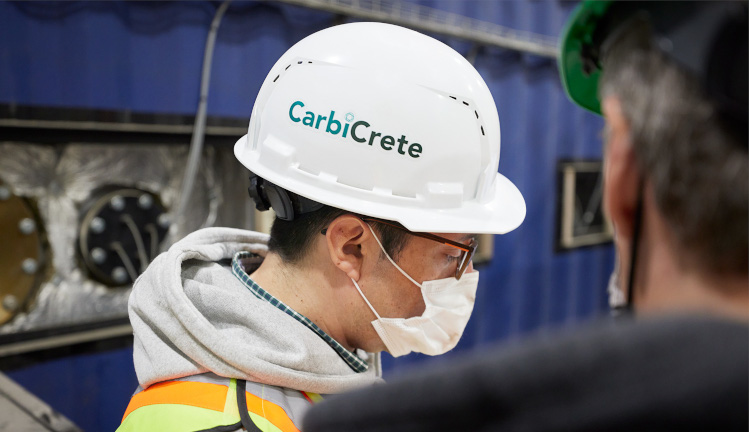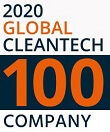
Sustainability in the built environment is a growing global concern, and markets such as the green building materials market are experiencing tremendous growth as a result. Leadership in Energy and Environmental Design, or LEED, is a program created not only to certify existing green building practices, but also to encourage future projects to develop sustainable operations based on social and financial benefits.
While the initial idea goes as far back as 1993, LEED was only officially launched in 1998 by the U.S. Green Building Council. The program has since evolved through multiple versions to promote inclusivity as green building strategies themselves evolve. LEED is now globally the most used rating system of its kind, with Canada ranked third in 2022’s global LEED rankings, according to the Canadian organization running the program, CAGBC. China, India, Brazil, and Sweden also rank within the top five on LEED-certified projects.
Achieving LEED certification is relatively unique for each of the main project types, including Building Design and Construction, Operations and Maintenance, Neighborhood Development, etc. Based on the project, points are awarded on a scale of 100, with the ability to achieve a level of Certified, Silver, Gold or Platinum for an existing or new site. Credits are given with varying weights to matters such as climate change, human health, water resources, biodiversity, and green economy. These are evaluated based on six factors: location and transport, sustainable site development, water efficiency, energy efficiency, materials and resource selection, and indoor environmental quality.
Many influential buildings, such as the Empire State Building, the Vancouver Convention Centre, and the Shanghai Tower are prioritizing LEED certification in their models. According to a 2011 U.S. government review, LEED-certified buildings can lower energy use 25 percent, reduce operational costs 19 percent, and increase general occupancy satisfaction 27 percent— major incentives to pursue projects with LEED in mind. Canadian and U.S. governmental bodies, such as the B.C. Government, are already mandating that future buildings meet LEED certification standards. This is likely to gain more prominence globally as sustainable building awareness and technology develops.
When it comes to a building’s environmental impact, embodied carbon can be a major factor: embodied GHG emissions from buildings can represent anywhere from 20%-50% of the carbon footprint of a building, depending on its energy-efficiency. Embodied carbon emissions are largely represented by a building’s foundation and envelope; the use of emissions-intensive conventional concrete can make up the majority of emissions therein.
For a sustainable building envelope, concrete produced using CarbiCrete technology can help a project achieve LEED certification by adhering to the qualification standards of low-emitting, high-performing materials. The latest version of LEED, v4.1, prioritizes sustainable material selection as the primary way to limit a building’s carbon emissions and general environmental impact. CarbiCrete sequesters CO2 within pre-cast concrete products and repurposes industrial waste in production, reducing resource use and promoting the same values LEED was intended to inspire—community and environmental benefit through green innovation.



